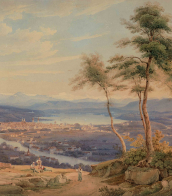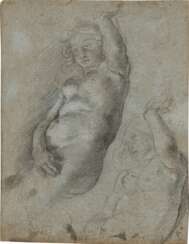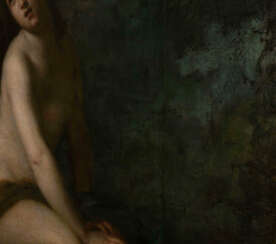francesco furini (1600 - 1646)
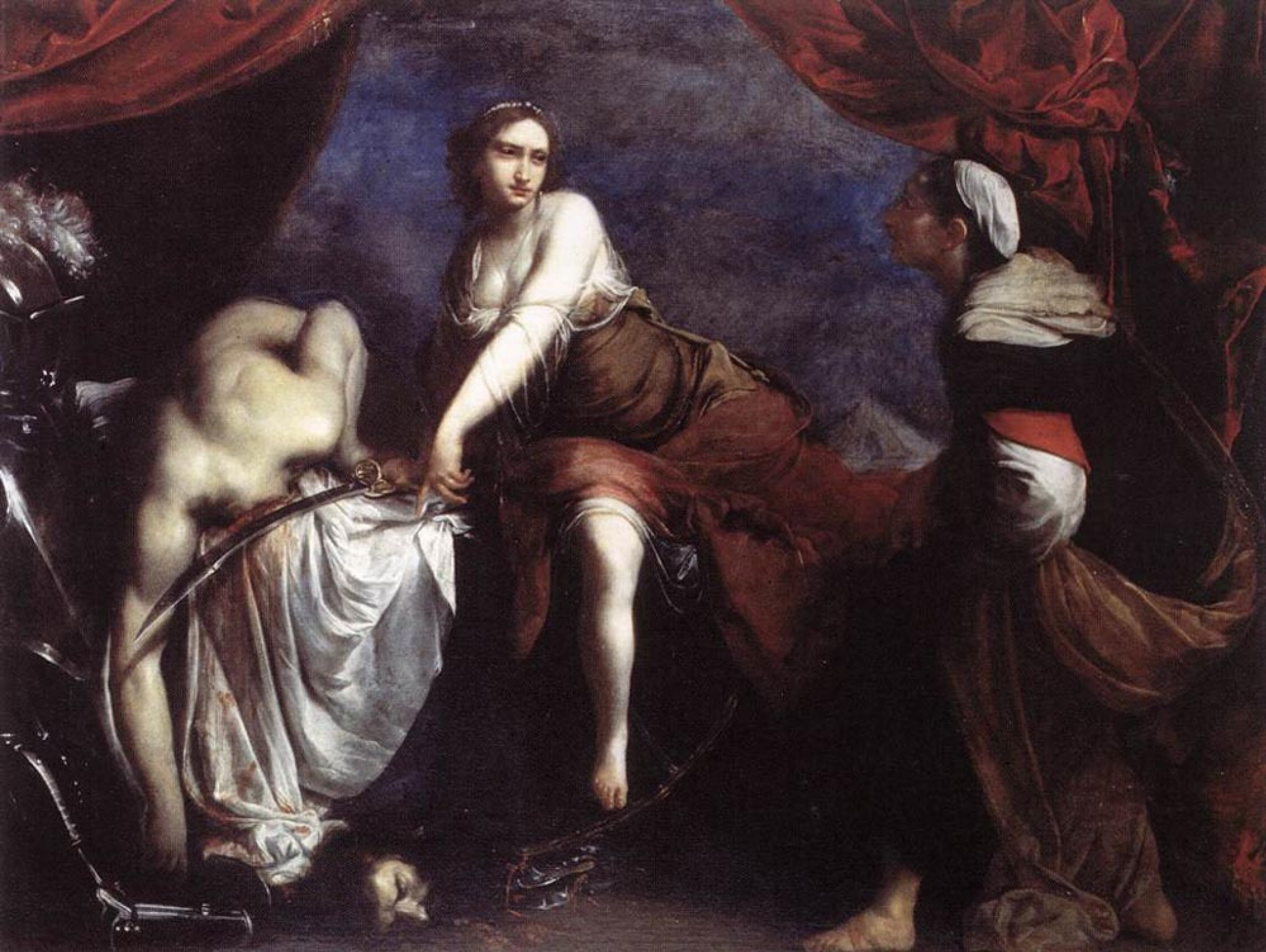
Francesco Furini was an Italian painter, renowned for his contributions to Baroque art. Born in Florence in 1603, Furini's artwork is a testament to the artistic transitions of his time, merging the detailed mannerist style with emerging Baroque influences. His mastery in using the sfumato technique brought life to his paintings, making them notable for their ethereal quality and emotional depth.
Francesco Furini's journey into the world of art began under the guidance of his father, leading to further refinement of his skills in Rome, where he absorbed influences from Caravaggio and his followers. Upon his return to Florence, his work gained admiration from notable figures, including Galileo Galilei. However, facing criticism for his depictions of female nudes, Furini took a surprising turn by entering the priesthood in 1633, yet he continued to paint, producing some of his most significant works during this period.
Among his masterpieces are the frescoes in Palazzo Pitti, commissioned by Ferdinando II de' Medici, which display a departure from his usual canvas style. These works, alongside others like "Hylas and the Nymphs," are celebrated for their intricate portrayal of mythological and biblical themes, characterized by a unique blend of sensuality and spirituality.
Francesco Furini's legacy, once overshadowed, has been re-evaluated, shedding light on his profound impact on Florentine and Italian Baroque painting. His ability to convey deep emotions through art continues to captivate art enthusiasts and experts alike.
For those intrigued by the allure of Baroque art, Francesco Furini's oeuvre offers a fascinating exploration into the era's complex artistic expressions. To stay informed about upcoming sales and auction events featuring Furini's work, sign up for updates and immerse yourself in the captivating world of art history.
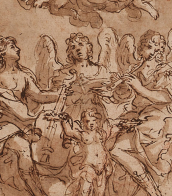

Francesco Furini was an Italian painter, renowned for his contributions to Baroque art. Born in Florence in 1603, Furini's artwork is a testament to the artistic transitions of his time, merging the detailed mannerist style with emerging Baroque influences. His mastery in using the sfumato technique brought life to his paintings, making them notable for their ethereal quality and emotional depth.
Francesco Furini's journey into the world of art began under the guidance of his father, leading to further refinement of his skills in Rome, where he absorbed influences from Caravaggio and his followers. Upon his return to Florence, his work gained admiration from notable figures, including Galileo Galilei. However, facing criticism for his depictions of female nudes, Furini took a surprising turn by entering the priesthood in 1633, yet he continued to paint, producing some of his most significant works during this period.
Among his masterpieces are the frescoes in Palazzo Pitti, commissioned by Ferdinando II de' Medici, which display a departure from his usual canvas style. These works, alongside others like "Hylas and the Nymphs," are celebrated for their intricate portrayal of mythological and biblical themes, characterized by a unique blend of sensuality and spirituality.
Francesco Furini's legacy, once overshadowed, has been re-evaluated, shedding light on his profound impact on Florentine and Italian Baroque painting. His ability to convey deep emotions through art continues to captivate art enthusiasts and experts alike.
For those intrigued by the allure of Baroque art, Francesco Furini's oeuvre offers a fascinating exploration into the era's complex artistic expressions. To stay informed about upcoming sales and auction events featuring Furini's work, sign up for updates and immerse yourself in the captivating world of art history.
